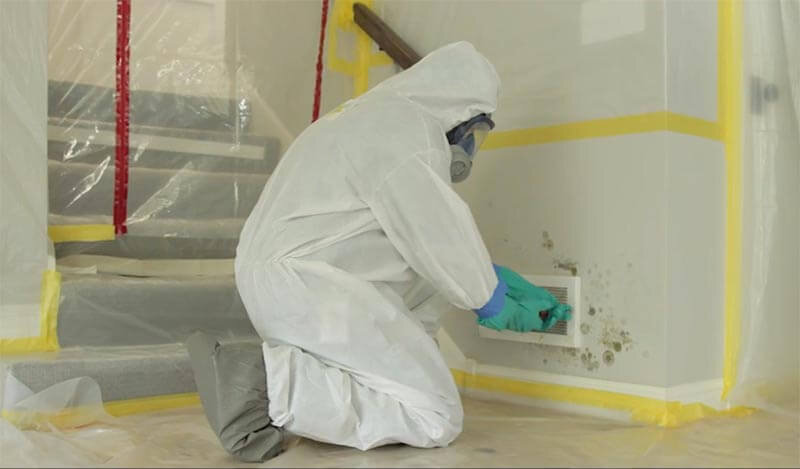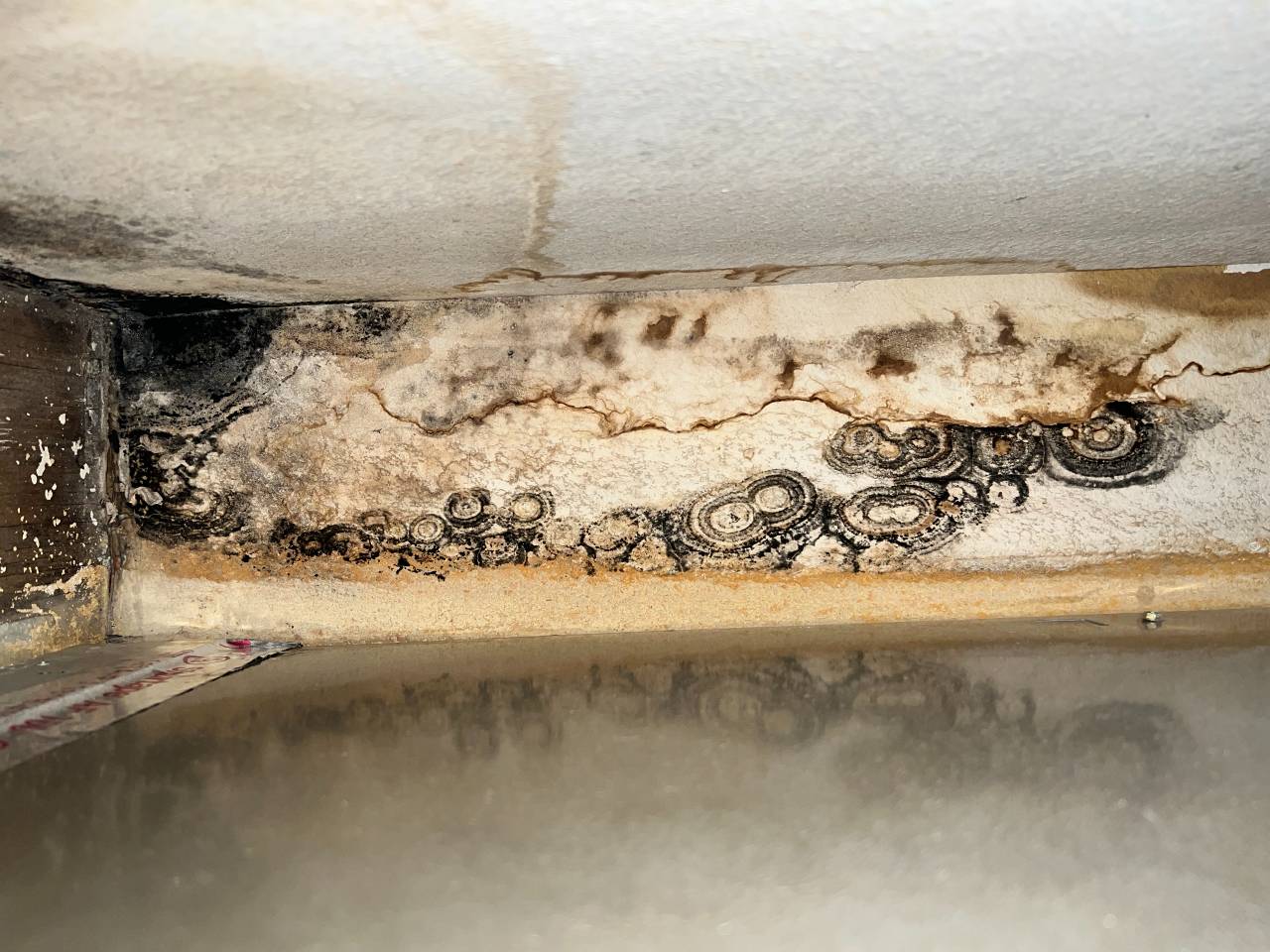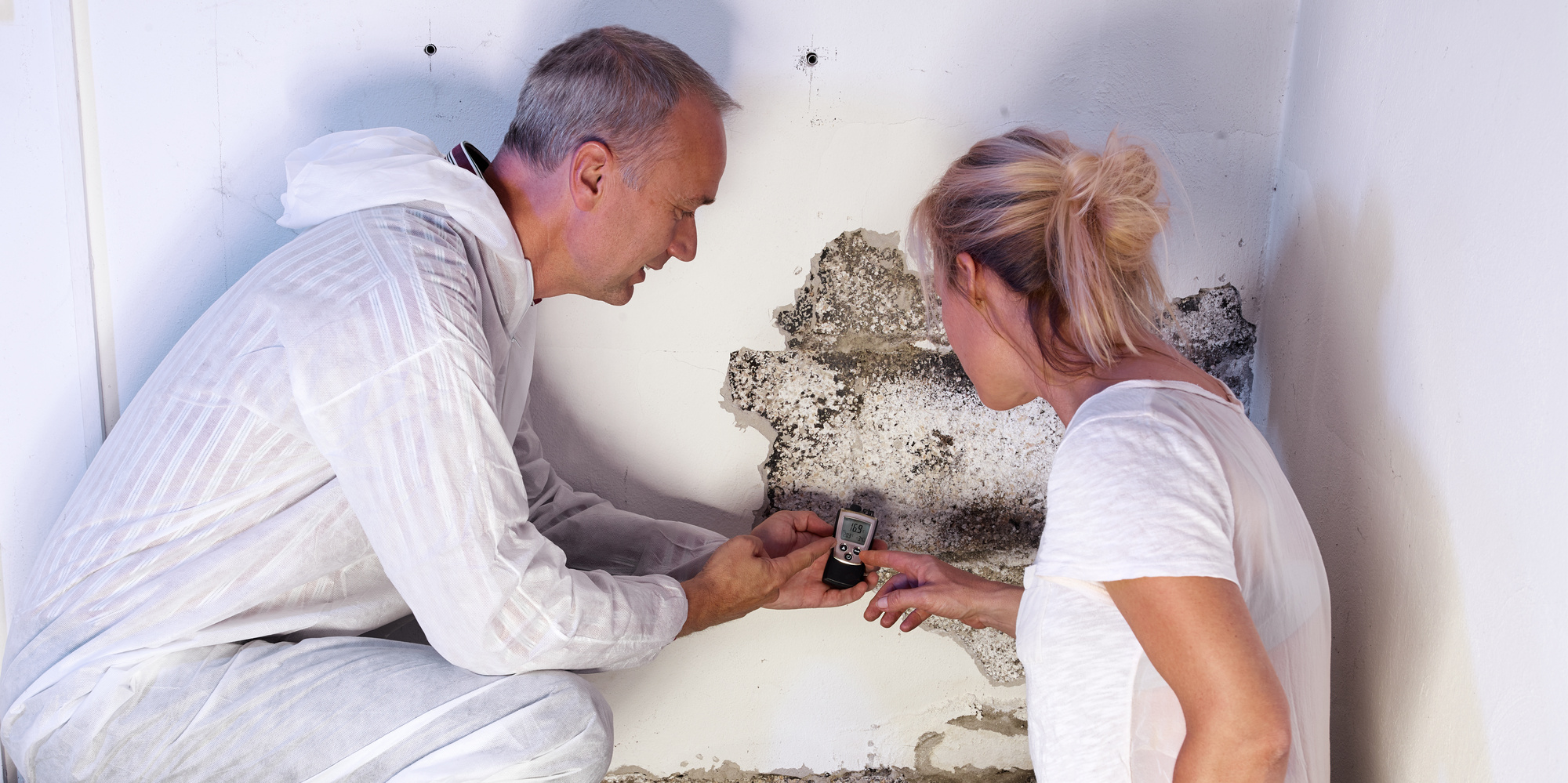Support on What to Do After Mold Remediation
Support on What to Do After Mold Remediation
Blog Article
Your Ultimate Overview to Article Mold Remediation Methods
Browsing the world of post-mold removal techniques is a careful procedure that demands attention to detail and a detailed understanding of the ins and outs included. In the after-effects of mold problem, recognizing how to effectively remove the mold and avoid its reoccurrence is vital for preserving a healthy and balanced interior atmosphere. From picking the appropriate cleansing and disinfecting methods to implementing approaches for lasting mold and mildew prevention, each step in the remediation trip plays a vital duty in making certain a successful result. As we get started on this exploration of post-mold remediation methods, we will uncover the essential strategies and finest methods that can assist you recover your room to its pre-mold problem and secure it versus future mold threats.
Comprehending Post-Mold Removal Process
After completing the mold and mildew removal procedure, it is important to recognize the post-mold remediation techniques that are required to make sure a reliable and thorough cleanup. Once the mold has been gotten rid of, the following action includes cleansing and sanitizing the influenced locations to stop any regrowth of mold. This consists of utilizing specialized cleaning up representatives to wipe down surfaces and kill any staying mold spores. It is important to dry the area entirely to dissuade the development of mold in the future (Post Remediation Inspection near me). Appropriate air flow and dehumidification can assist in this process.
In addition, carrying out a last assessment post-remediation is essential to guarantee that all mold has been efficiently gotten rid of. If the assessment reveals any sticking around mold, added remediation might be needed.
Reliable Cleaning Up and Sanitizing Techniques

Protecting Against Future Mold And Mildew Development

Importance of Proper Air Flow
Correct ventilation plays an essential function in avoiding wetness buildup, a key aspect in mold and mildew development within interior environments. Efficient ventilation systems help remove excess humidity from the air, minimizing the opportunities of mold and mildew spores locating the dampness they require to spread out and germinate. Without sufficient air flow, interior rooms can end up being a breeding ground for mold, bring about prospective health and wellness threats and structural damages.
By making sure proper air flow, air flow systems can additionally assist in drying out moist areas more promptly after water damages or flooding incidents, even more hindering mold and mildew growth. Post Mold Remediation Report. Precede like shower rooms, kitchen areas, attics, and cellars where dampness levels have a tendency to be higher, setting up and keeping efficient air flow systems is critical in preventing mold and mildew invasions

Surveillance and Maintenance Tips
Provided the essential function that proper ventilation plays in preventing mold development, it is necessary to establish effective tracking and upkeep ideas to make certain the ongoing capability of air flow systems. Routine evaluations of ventilation systems need to be pop over to these guys carried out to look for any type of indicators of blockages, leaks, or malfunctions that can hinder proper air movement. Surveillance humidity degrees within the building is likewise vital, as high moisture can add to mold and mildew development. Setting up a hygrometer can assist track humidity levels and sharp property owners to any read this kind of spikes that may require attention. Furthermore, guaranteeing that air filters are on a regular basis cleaned up or changed is necessary for maintaining the performance of the ventilation system. Carrying out a schedule for regular upkeep jobs, such as air duct cleansing and heating and cooling system assessments, can aid stop problems before they rise. By remaining alert and aggressive to the problem of ventilation systems, residential or commercial property owners can effectively mitigate the risk of mold regrowth and keep a healthy and balanced indoor setting.
Final Thought
Finally, post-mold remediation methods are crucial for making certain a risk-free and tidy setting. Understanding the process, executing effective cleansing and Check Out Your URL disinfecting methods, protecting against future mold and mildew development, maintaining proper ventilation, and routine monitoring are all vital actions in the remediation procedure. By complying with these standards, you can efficiently get rid of mold and mildew and stop its return, advertising a healthy living or working area for all passengers.
In the aftermath of mold infestation, recognizing exactly how to successfully remove the mold and prevent its reoccurrence is paramount for preserving a healthy indoor setting. When the mold has been eliminated, the following action entails cleansing and disinfecting the impacted locations to avoid any type of regrowth of mold and mildew - After mold remediation. After getting rid of visible mold and mildew growth, it is important to clean up all surfaces in the affected area to get rid of any kind of staying mold and mildew spores. To further enhance mold avoidance steps, it is necessary to resolve underlying issues that originally led to mold advancement.Provided the important duty that appropriate air flow plays in preventing mold development, it is vital to develop reliable surveillance and upkeep suggestions to make certain the ongoing functionality of air flow systems
Report this page